From its humble beginnings as a scientific curiosity to its current status as a global art form and multi-billion dollar industry, film has undergone a relentless evolution. It’s a journey marked by incredible ingenuity, where each technological leap and creative breakthrough didn’t just add a new layer to the medium but fundamentally reshaped its very essence. The moving image, a work of visual art that simulates experiences and communicates ideas, stories, perceptions, emotions, or atmosphere, stands today as a testament to continuous innovation.
This article delves into the transformative milestones that have defined cinema’s progression, exploring how fundamental shifts in technology, artistic approach, and industry structure have permanently altered how films are made, viewed, and understood. We’ll uncover the pivotal innovations that moved us beyond mere flickering images to the immersive, compelling narratives we cherish today, tracing the lineage of change that makes modern cinema possible.
Join us as we explore the crucial moments when film truly came alive, revealing the ‘unseen architects’ behind the magic on screen. These are the innovations that didn’t just change films but irrevocably changed what a ‘film production’ could be, setting the stage for the boundless creativity and storytelling power that captivates audiences worldwide.
1. **The Dawn of Motion Illusion: From Stroboscopic Discs to Chronophotography**The very concept of moving images, the foundation upon which all cinema rests, didn’t spontaneously appear. It was painstakingly developed over decades through various ingenious precursors. Long before cameras rolled on celluloid, the desire to create the illusion of motion captivated inventors, leading to devices that harnessed the principle of stroboscopic animation. This principle, introduced in 1833 with the stroboscopic disc (more commonly known as the phénakisticope), and later applied in the zoetrope, the flip book, and the praxinoscope, laid the essential theoretical groundwork for what would become cinematography.
These early contraptions, while simple, demonstrated the crucial psychological effect known as persistence of vision. This phenomenon ensures that the human eye retains a visual image for a fraction of a second after the source has been removed, making the flickering between rapidly displayed frames appear as continuous motion. Alongside this, the perception of motion itself, a psychological effect identified as beta movement, was harnessed. These foundational understandings were indispensable for all subsequent developments in film.
However, these early devices primarily dealt with drawings or posed images. The real challenge lay in capturing *actual* movement photographically. This hurdle was addressed with the advent of photography in 1839. While initial photographic emulsions required lengthy exposures that made capturing moving subjects seem impossible, innovators persevered. By at least 1844, photographic series of subjects posed in different positions were created to suggest motion or document various viewing angles, hinting at the potential.
Then came Eadweard Muybridge’s groundbreaking work in 1878. He managed to capture a series of photographs of a running horse with a battery of cameras, publishing the results as *The Horse in Motion*. This chronophotography, followed by the work of Étienne-Jules Marey and Ottomar Anschütz, represented a monumental step. Muybridge even projected his chronophotographic series with his zoopraxiscope, showcasing a tangible, if still nascent, form of moving photography to audiences. These experiments moved beyond mere illusion to actual photographic capture, marking a profound change in film’s conceptual and technical trajectory.
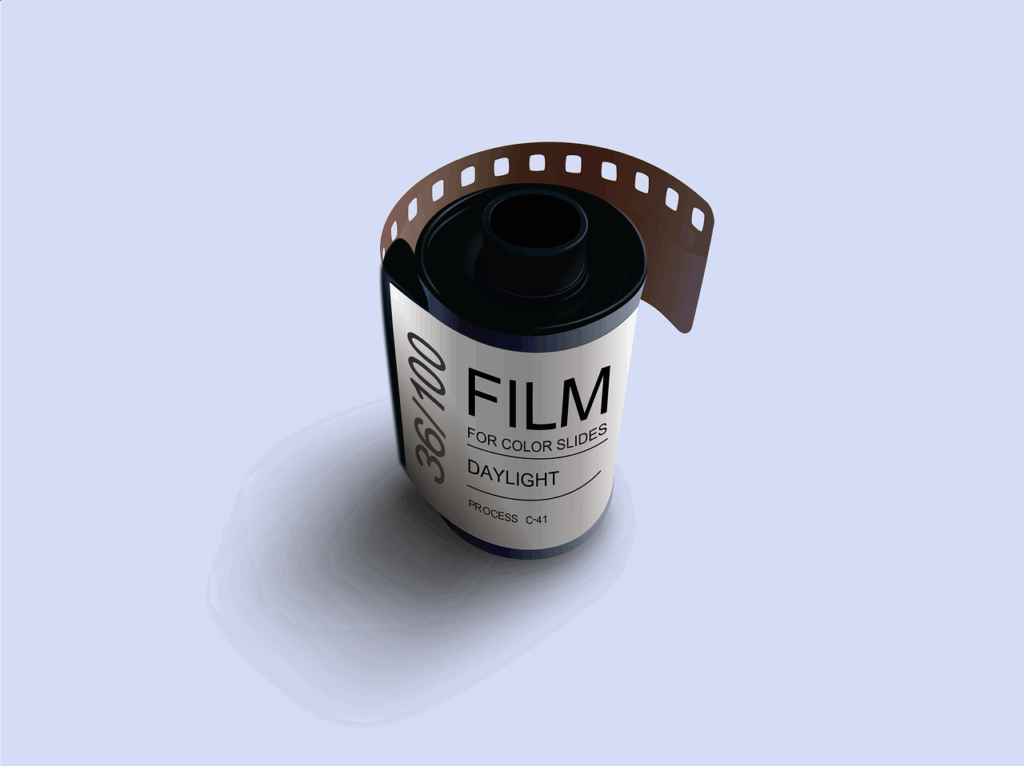
2. **The Birth of Projected Cinema: Early Public Screenings and Devices**Once the illusion of motion could be captured, the next monumental step was making it a shared experience. The transition from individual viewing devices to large-screen theatrical projection fundamentally changed how film interacted with an audience, transforming it from a solitary novelty into a communal event. Early examples of this shift emerged from dedicated inventors who sought to bring their moving images to wider audiences.
Ottomar Anschütz, for instance, developed the Electrotachyscope in 1886. This early device displayed short motion picture loops using 24 glass plate photographs on a rotating wheel, projected at circa 30 frames per second. It was showcased at numerous international exhibitions, fairs, and arcades from 1887 to 1894. Siemens & Halske even manufactured coin-operated peep-box models, selling some 152 internationally, allowing thousands to experience motion pictures. Later, in 1894, Anschütz introduced a projector version with a 6×8 meter screening, drawing around 7,000 paying customers for 1.5-hour shows in Berlin.
Parallel to Anschütz’s efforts, Émile Reynaud pioneered another form of projection with his Théâtre Optique, patented in 1888. Reynaud created longer sequences by painting images on hundreds of gelatin plates mounted on a cloth band, providing a unique hand-drawn animation experience. From 1892 to 1900, Reynaud gave over 12,800 shows to more than 500,000 visitors at the Musée Grévin in Paris. These early public showcases demonstrated the immense appeal of projected moving images and proved the viability of film as a commercial entertainment medium.
The true turning point for widespread public cinema, however, arrived in 1895 with the first public screenings at which admission was charged. American Woodville Latham and his sons, using films produced by their Eidoloscope company, along with the Skladanowsky brothers and, most famously, the French brothers Auguste and Louis Lumière, introduced their productions to mass audiences. The Lumières’ *L’Arrivée d’un train en gare de La Ciotat* (1896) became emblematic of this new era, solidifying the idea of film as a public spectacle and forever changing how stories and events could be consumed by a collective audience.
3. **The Celluloid Revolution: Single-Lens Cameras and Compact Reels**While early devices captivated audiences with projected images, the medium itself needed a robust and practical form for widespread production. The introduction of celluloid photographic film marked a watershed moment, providing the physical substrate that made modern cinematography truly feasible. This innovative material, thin and flexible, allowed for the continuous capture of sequential images in real-time, which was a significant leap from the glass plates or hand-painted strips used previously.
The end of the 1880s saw the crucial combination of celluloid with the invention of motion picture cameras. These cameras, capable of photographing a rapid sequence of images using only one lens, allowed action to be captured and stored efficiently. This single, compact reel of film revolutionized the practicalities of filmmaking. It meant that entire scenes, or even short narratives, could be recorded continuously, rather than painstakingly assembled from discrete photographs or drawings. The ease of handling and longer recording times offered by celluloid opened up vast new possibilities for filmmakers.
This material innovation dramatically streamlined the production process, making it more efficient and scalable. Before celluloid, capturing extended sequences of motion was a cumbersome, often impractical, endeavor. With celluloid, filmmakers could shoot longer takes and experiment more freely with camera placement and movement. The consistency and durability of the medium also facilitated easier editing and duplication, factors vital for the nascent film industry’s growth and eventual global reach.
Ultimately, the celluloid revolution provided the bedrock for mass film production. It transformed film from a laboratory experiment and an artisanal craft into an industrial process, making it possible to produce the vast quantities of moving images that would soon flood nickelodeons and grand picture palaces alike. Without this material innovation, the rapid evolution of cinematic language and industry would have been severely hampered, if not entirely impossible.
4. **Beyond the Glimpse: The Evolution of Narrative through Editing**Early films were starkly simple, often consisting of just “one static shot that showed an event or action with no editing or other cinematic techniques.” These rudimentary productions captured everyday scenes like “employees leaving a factory gate” or “people walking in the street.” While captivating in their novelty, they lacked the narrative complexity that would later define cinema. The profound shift began around the turn of the 20th century, when filmmakers started “stringing several scenes together to tell a story,” recognizing that this act established a powerful relationship in the viewer’s mind between the content of separate shots.
This realization was monumental: “It is this relationship that makes all film storytelling possible.” A simple example illustrates this breakthrough: “if a person is shown looking out a window, whatever the next shot shows, it will be regarded as the view the person was seeing.” This elementary principle of sequential viewing, creating an implied connection between disparate images, became the foundation of cinematic narrative. It allowed filmmakers to guide the audience’s attention and build coherent stories, moving beyond mere documentation to deliberate storytelling.
As filmmakers grew more sophisticated, they began to break up individual scenes “into multiple shots photographed from different distances and angles.” This innovative approach introduced a dynamic visual language, allowing for greater emphasis, emotional resonance, and control over pacing. No longer confined to a single, static perspective, the camera became an active participant in the storytelling process, capable of showing close-ups for intimacy or wide shots for context.
Further enriching this nascent narrative language, “other techniques such as camera movement were developed as effective ways to tell a story with film.” Until sound arrived, motion pictures were a purely visual art, but these “innovative silent films had gained a hold on the public imagination.” The visual artistry, coupled with live musical accompaniment—from a single pianist to a full orchestra—created immersive experiences that transcended the absence of dialogue. The development of editing and camera movement transformed film from a recorded event into a crafted narrative, an art form capable of eliciting deep emotional and intellectual engagement.
5. **The Sound Barrier Breaks: Synchronized Audio and the Rise of “Talkies”**For decades, the cinematic experience was a silent one, reliant on visual storytelling and live musical accompaniment. However, the dream of combining moving images with synchronized sound was a persistent one, promising a richer, more immersive experience. The 1920s brought the crucial technological advancements in electronic sound recording that made this dream a commercial reality. This innovation allowed for “a soundtrack of speech, music and sound effects synchronized with the action on the screen,” fundamentally transforming film production and consumption.
Early pioneers like Thomas Edison had experimented with sound-film systems, such as the Kinetoscope, laying conceptual groundwork. However, it was systems like the Vitaphone, used by Warner Bros. in collaboration with Bell Telephone Company and Western Electric, that truly “laid the groundwork for synchronized sound in film.” Initially, these systems faced resistance, largely due to the “expensive equipping costs” required for theaters. The industry was wary of such a drastic, costly change, and many questioned its necessity.
Despite the initial apprehension, sound in cinema rapidly “gained acceptance with movies like *Don Juan* (1926) and *The Jazz Singer* (1927).” The impact was immediate and profound. These films, especially *The Jazz Singer* with its famous dialogue sequences, demonstrated the power of the “talking picture” or “talkie.” The revolution they wrought was astonishingly swift; “By 1930, silent film was practically extinct in the US and already being referred to as ‘the old medium.'” The sound era had dawned with remarkable speed.
This integration of sound allowed for “greater fluidity in film,” paving the way for “more complex and epic movies like *King Kong* (1933).” Dialogue added new dimensions to character development and plot, while synchronized music and sound effects amplified emotional impact and realism. The shift was not merely an addition; it necessitated new approaches to acting, directing, and editing, forever changing the creative and technical landscape of film production.
6. **A Splash of Color: The Advent of “Natural Color” Processes**While the introduction of sound dramatically reshaped the film experience, another profound transformation was quietly unfolding: the advent of color. Initially, color in film was an artisanal endeavor, with black-and-white prints often being “manually added to” using labor-intensive techniques like “hand-coloring or stencil-coloring.” These methods, while visually appealing, were inconsistent and far from capturing the vibrant hues of the real world. The quest was for “natural color,” where color was “captured directly from nature through photography.”
Early color processes often struggled, producing results that “appeared far from ‘natural,'” sometimes muddy or artificial. Unlike the rapid, almost overnight transition from silent films to sound films, color’s replacement of black-and-white was a “more gradually” unfolding process. This slower adoption was partly due to the complexities and costs associated with true color photography, as well as the aesthetic mastery achieved within the black-and-white medium itself.
The pivotal breakthrough arrived with “the three-strip version of the Technicolor process,” first utilized in animated cartoons in 1932. This innovative system allowed for the simultaneous capture of three different color records, which could then be combined to produce a full-color image. Its success in animation soon led to its application in “live-action short films, specific sequences in feature films,” before finally being employed for an “entire feature film, *Becky Sharp*, in 1935.”
Although the Technicolor process was initially “expensive,” its “positive public response, as evidenced by increased box office revenue, generally justified the additional cost.” Audiences were captivated by the vibrant, naturalistic colors, recognizing the enhanced realism and visual splendor it brought to the screen. Consequently, “the number of films made in color gradually increased year after year,” with iconic productions like *The Wizard of Oz* (1939) becoming early mainstream showcases for its magical capabilities. This marked a permanent shift, moving cinema closer to mirroring the visual richness of the world, and profoundly changing audience expectations and artistic possibilities in film production forever.
Having chronicled the initial leaps that brought cinema to life, we now turn our attention to the profound transformations that have shaped the modern film landscape. The journey from flickering images to the immersive spectacles we enjoy today didn’t stop with sound and color; it continued with strategic industry shifts, technological revolutions, and an ever-deepening understanding of film as an art form. These are the pivotal moments that didn’t just adapt cinema to changing times but redefined its very essence, cementing its place as a dynamic and influential medium.
7. **The Industry’s Strategic Response to Television**The mid-20th century presented cinema with its first major existential threat: the burgeoning popularity of black-and-white television. As the early 1950s rolled around, television began to face criticism, with many believing it ‘failed to reach the lofty intellectual and cultural expectations that accompanied its introduction.’ However, its pervasive presence in homes demanded a robust response from the film industry, which had to innovate dramatically to retain its audience.
In a strategic effort to ‘lure audiences back into theaters,’ studios embarked on a period of radical innovation. This wasn’t merely about making bigger and better films; it was about transforming the entire theatrical experience. Massive screens were installed, ushering in wide-screen processes that dwarfed the domestic television sets. Polarized 3D projection offered an immersive novelty, while stereophonic sound enveloped viewers, creating an auditory richness impossible to replicate at home. Crucially, more films were made in color, a visual luxury that would soon become ‘the rule rather than the exception’ for cinematic releases.
Indeed, some important mainstream Hollywood films continued to be made in black-and-white as late as the mid-1960s, but these productions ‘marked the end of an era.’ Simultaneously, color television receivers, though initially expensive and with limited broadcasts, became available in the US from the mid-1950s. By the 1960s, prices dropped, color broadcasts became common, and sales boomed. The public’s clear verdict was overwhelmingly in favor of color, prompting Hollywood studios to film ‘all Hollywood studio productions’ in color, with only rare exceptions granted to ‘star’ filmmakers like Alfred Hitchcock for *Psycho* (1960), a film that masterfully leveraged monochrome for artistic effect.
Read more about: Decoding the Academy Awards: Essential Rules and Evolving Practices That Shape Hollywood’s Biggest Night
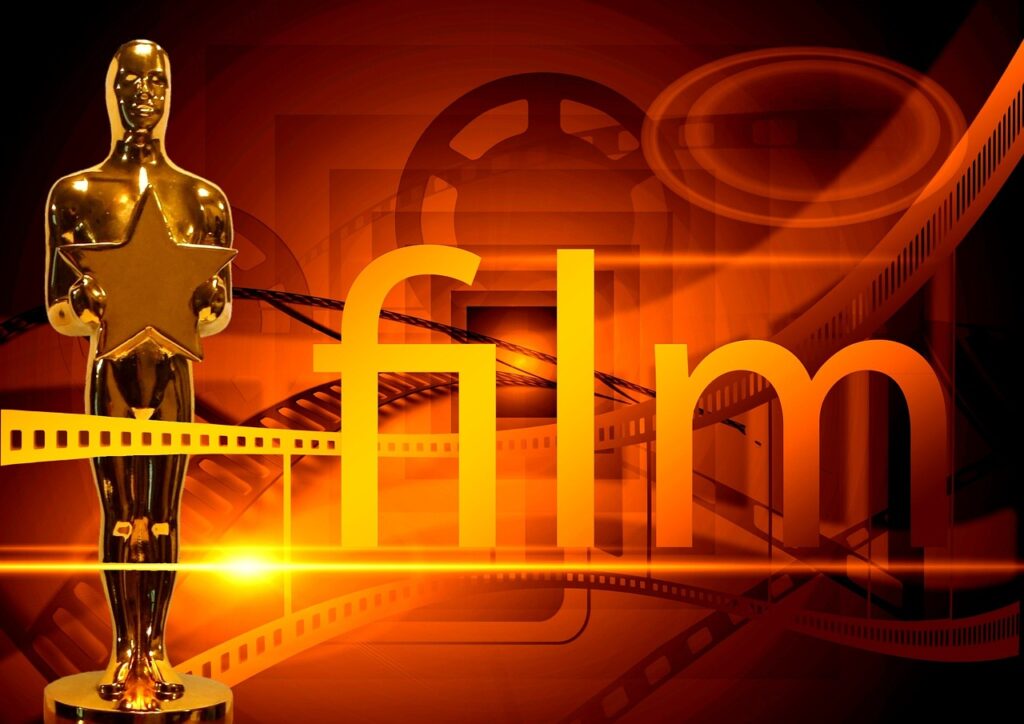
8. **The Evolution of Sophisticated Audio Systems**While synchronized sound brought cinema to life in the late 1920s, the quest for an even more immersive auditory experience continued, especially as television’s presence grew. The film industry realized that just having sound wasn’t enough; the quality and spatiality of that sound needed to evolve to attract audiences back to the grand experience of the cinema. This drive led to the development of increasingly sophisticated audio systems throughout the mid-20th century.
In the face of the emerging television threat during the 1940s and 1950s, the industry’s response in sound technology meant ‘the development of surround sound and more sophisticated audio systems.’ Early examples included ‘Cinerama’s seven-channel system,’ which aimed to deliver a truly panoramic soundscape that mirrored the expansive visuals. However, these complex early systems often ‘required a large number of personnel to operate the equipment and maintain the sound experience in theaters,’ indicating the labor-intensive nature of achieving cutting-edge audio at the time.
A significant breakthrough arrived in 1966 when Dolby Laboratories introduced the ‘Dolby A noise reduction system.’ This innovation proved transformative, quickly becoming ‘a standard in the recording industry’ by effectively eliminating the distracting ‘hissing sound associated with earlier standardization efforts.’ The impact of Dolby’s technology was profound, paving the way for the even more revolutionary ‘Dolby Stereo,’ a surround sound system that allowed ‘cinema designers to take acoustics into consideration when designing theaters.’ This meant that even ‘audiences in smaller venues’ could now ‘enjoy comparable audio experiences to those in larger city theaters,’ democratizing high-quality sound across the industry.
The evolution of sound continues, with the ‘future of sound in film remains uncertain,’ hinting at potential influences from ‘artificial intelligence, remastered audio, and personal viewing experiences.’ Yet, the trajectory is clear: ‘continuous innovation and a desire to create more immersive and engaging experiences for audiences’ remains the driving force, ensuring that the auditory dimension of film is as compelling and transformative as its visual counterpart.
Read more about: Remember the Wild Web? These 14 Pioneering ’00s Websites Defined the Early Internet Era
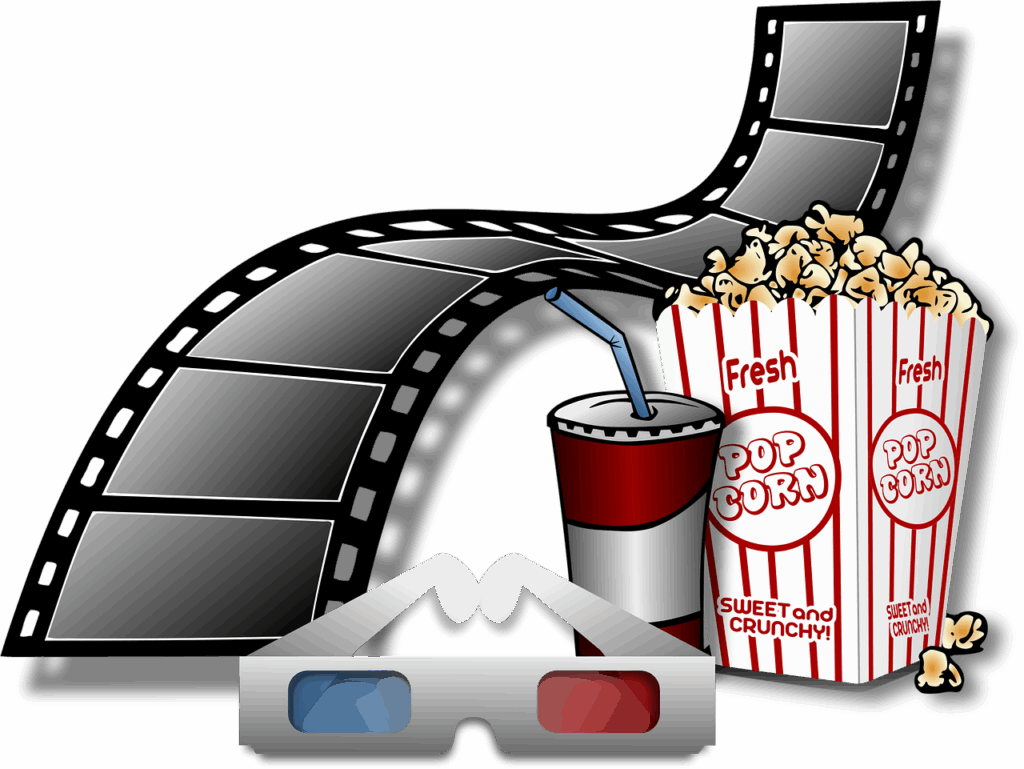
9. **The Digital Revolution in Cinema**The closing decades of the 20th century, particularly the 1990s and into the 2000s, heralded a new era of transformation, with ‘Digital technology’ emerging as ‘the driving force for change.’ This revolution touched every aspect of filmmaking, from production to exhibition, profoundly altering how movies were made and consumed. It moved cinema away from its photochemical roots and into a new, often more flexible and accessible, future.
One of the most visible impacts of this digital shift was in projection. ‘Digital 3D projection largely replaced earlier problem-prone 3D film systems’ and saw a brief but significant resurgence in popularity in the early 2010s, epitomized by films like James Cameron’s *Avatar* (2009). Beyond 3D, digital technology facilitated the creation of ‘Large-screen cinemas systems’ like those from the IMAX corporation, offering breathtaking visual clarity and scale, while simultaneously enabling ‘independent film productions to flourish’ due to ‘recent advances in affordable film making equipment.’
This meant that the barriers to entry for aspiring filmmakers were significantly lowered, fostering a new wave of creative talent unconstrained by the immense costs of traditional film stock and processing. Moreover, the ‘advent of digital film production and distribution’ fundamentally changed the logistical landscape. It meant that ‘physical film might be absent entirely’ from many stages of a movie’s life cycle, from capture to exhibition. This shift from physical reels to digital files streamlined distribution, reduced costs, and offered new avenues for content delivery, irrevocably changing the industry’s infrastructure.
Read more about: Prince Rogers Nelson: A Comprehensive Retrospective on the Life and Musical Legacy of a Global Icon

10. **The Artistic Power of Montage**Beyond technological advancements, the art of filmmaking itself evolved, with techniques like montage proving to be a powerful tool for narrative and emotional impact. Montage, defined as ‘a film editing technique in which separate pieces of film are selected, edited, and assembled to create a new section or sequence within a film,’ is far more than just cutting; it’s a deliberate artistic choice. It’s used to ‘convey a narrative or to create an emotional or intellectual effect by juxtaposing different shots, often for the purpose of condensing time, space, or information,’ allowing for flashbacks, parallel action, or the interplay of various visual elements to deepen storytelling.
The concept of montage truly ’emerged in the 1920s,’ primarily championed by pioneering Soviet filmmakers such as Sergei Eisenstein and Lev Kuleshov, who ‘developing the theory of montage.’ Eisenstein’s iconic film *Battleship Potemkin* (1925) stands as a ‘prime example of the innovative use of montage,’ where he masterfully ’employed complex juxtapositions of images to create a visceral impact on the audience,’ forever altering how film could manipulate emotion and intellect.
As the art of montage matured, filmmakers began to ‘incorporate musical and visual counterpoint’ to craft an even ‘more dynamic and engaging experience for the viewer.’ The sophisticated ‘development of scene construction through mise-en-scène, editing, and special effects’ reached levels comparable to the intricate compositions found in ‘opera and ballet.’ The French New Wave movement of the late 1950s and 1960s, with directors like Jean-Luc Godard and François Truffaut, further ’embraced the montage technique,’ using it to create ‘distinctive and innovative films’ that challenged conventional cinematic grammar.
In contemporary cinema, montage remains an ‘essential role in shaping narratives and creating emotional resonance,’ with filmmakers continually adapting traditional techniques to modern aesthetics. ‘Rapid editing and fast-paced montages,’ facilitated by digital tools, now convey information or emotions with astonishing speed, as seen in films like Darren Aronofsky’s *Requiem for a Dream* (2000) and Edgar Wright’s *Shaun of the Dead* (2004).
The influence of ‘music videos on film has led to the incorporation of stylized montage sequences,’ often powerfully ‘accompanied by popular music,’ enhancing visual flair and narrative function in movies like *Guardians of the Galaxy* (2014) and *Baby Driver* (2017). The iconic ‘sports and training montage has become a staple,’ effectively condensing time and showcasing character development in films from *Rocky* (1976) to *Million Dollar Baby* (2004). Furthermore, contemporary filmmakers frequently employ ‘cross-cutting and parallel action’ within montages to build tension, as brilliantly executed in Christopher Nolan’s *Inception* (2010) and *Dunkirk* (2017), and thematic montages, like those in Wes Anderson’s *The Royal Tenenbaums* (2001), use visual language to reflect deeper motifs, ensuring montage’s enduring legacy as a potent storytelling device.
Read more about: The Shocking Truth Behind Late-Night TV’s Free Speech Showdowns: 14 Untold Tales of Executive Pressure and Comedian Crackdowns
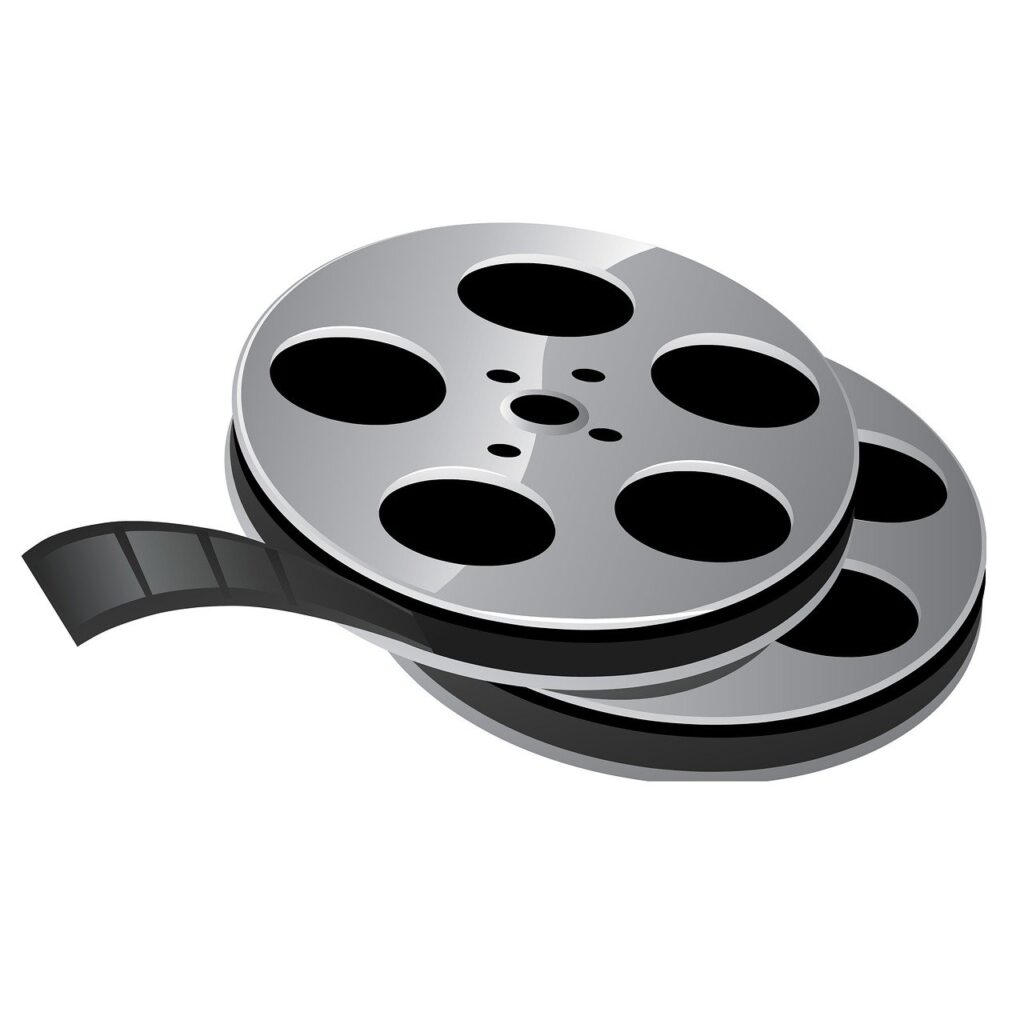
11. **Film Theory and the Language of Cinema**Beyond the mechanics of filmmaking, the very understanding and analysis of film as an art form also underwent profound evolution, giving rise to ‘Film theory.’ This academic discipline ‘seeks to develop concise and systematic concepts that apply to the study of film as art.’ The notion of film as a legitimate art form gained traction as early as 1911 with Ricciotto Canudo’s manifesto, *The Birth of the Sixth Art*, and institutions like the Moscow Film School, founded in 1919, were established to teach and research these burgeoning ideas.
Early theoretical approaches diversified quickly. ‘Formalist film theory,’ championed by Rudolf Arnheim, Béla Balázs, and Siegfried Kracauer, argued for film’s artistic merit by ’emphasized how film differed from reality.’ Conversely, André Bazin, a key figure in ‘realist theory,’ ‘reacted against this theory by arguing that film’s artistic essence lay in its ability to mechanically reproduce reality,’ highlighting a fundamental debate about the medium’s inherent nature and its relationship to the world it depicts.
More recent scholarship, heavily influenced by psychoanalysis (Jacques Lacan) and semiotics (Ferdinand de Saussure), has broadened the theoretical landscape. This intellectual ferment has given ‘rise to psychoanalytic film theory, structuralist film theory, feminist film theory, and others,’ each offering distinct lenses through which to interpret and critique cinematic works. Meanwhile, critics from the analytical philosophy tradition, following Wittgenstein, aim to ‘clarify misconceptions used in theoretical studies and produce analysis of a film’s vocabulary and its link to a form of life,’ fostering precision in critical discourse.
Central to film theory is the idea that ‘Film is considered to have its own language.’ James Monaco’s classic text, *How to Read a Film*, articulates this eloquently. Legendary director Ingmar Bergman famously observed, ‘Andrei Tarkovsky for me is the greatest director, the one who invented a new language, true to the nature of film, as it captures life as a reflection, life as a dream,’ underscoring the medium’s unique expressive capabilities.
An accessible example of this cinematic language is the familiar sequence of ‘back and forth images of one speaking actor’s left profile, followed by another speaking actor’s right profile, then a repetition of this.’ This visual rhythm is universally ‘understood by the audience to indicate a conversation,’ a prime illustration of the ‘180-degree rule,’ a visual storytelling device that psychologically places the viewer within the scene. The ‘Hollywood style’ notably adopted this narrative theory due to its pervasive use during film’s classical era, solidifying a common vocabulary for audiences. Another evocative example is a shot that ‘zooms in on the forehead of an actor with an expression of silent reflection that cuts to a shot of a younger actor who vaguely resembles the first actor,’ a compositional edit that effortlessly ’causes a time transition,’ signaling a memory or flashback without a single spoken word.
Read more about: The Untouchable Narratives: Why Hollywood Directors Are Obsessed with ‘Unfilmable’ Books and the Masterpieces Born from the Challenge
12. **The Global Evolution of the Film Industry**The allure of moving pictures quickly transcended novelty, becoming a significant source of profit almost immediately after its invention. Upon realizing the success of their innovation in France, the Lumière brothers ‘quickly set about touring the Continent to exhibit the first films privately to royalty and publicly to the masses.’ They shrewdly ‘add[ed] new, local scenes to their catalogue’ in each country, fostering local entrepreneurs to expand the reach of this new medium. The *Oberammergau Passion Play of 1898* stands as ‘the first commercial motion picture ever produced,’ signaling the birth of a global industry that rapidly ‘overshadowed the vaudeville world,’ with film actors like Charlie Chaplin becoming major celebrities commanding immense fees, even a ‘million dollars’ annually by 1917. This burgeoning industry even served as ‘the only image storage and playback system for television programming’ from 1931 to 1956.
Geographically, the film industry developed distinct hubs across the globe. While ‘much of the film industry is centered around Hollywood, California’ in the United States, other powerful ‘regional centers exist in many parts of the world.’ Mumbai-centered ‘Bollywood’ represents ‘the Indian film industry’s Hindi cinema which produces the largest number of films in the world.’ Historically significant locations like ‘Babelsberg Studio near Berlin,’ founded in 1912, were ‘the first large-scale film studio in the world, and the forerunner to Hollywood,’ while ‘Studio Misr near the Giza Pyramid complex,’ founded in 1935, became ‘the first large-scale film studio in Africa and the Middle East.’ Though ‘the expense involved in making films has led cinema production to concentrate under the auspices of movie studios,’ advancements in ‘affordable film making equipment have allowed independent film productions to flourish,’ diversifying the creative landscape.
Despite the artistic merits often lauded, ‘Profit is a key force in the industry, due to the costly and risky nature of filmmaking.’ Many productions face ‘large cost overruns,’ with Kevin Costner’s *Waterworld* serving as a notorious example. Yet, many filmmakers simultaneously ‘strive to create works of lasting social significance,’ balancing commercial imperative with artistic ambition, recognized by prestigious awards like the Academy Awards (Oscars). Beyond entertainment, there’s also a ‘large industry for educational and instructional films’ that complement traditional learning.
However, the industry’s ‘revenue… is sometimes volatile due to the reliance on blockbuster films released in movie theaters.’ The ‘rise of alternative home entertainment’ has continuously ‘raised questions about the future of the cinema industry,’ impacting employment stability, particularly for ‘medium and low-budget films.’ This dynamic environment demands constant adaptation and innovation from studios and filmmakers alike.
The influence of film extends far beyond the silver screen, spawning numerous ‘associated fields.’ Academic disciplines like ‘film theory and analysis’ and ‘film criticism’ emerged to study the medium’s nuances. Governmental uses for ‘film propaganda’ and ‘psychological on subliminal effects’ highlight its power, while commercial offshoots abound, from ‘popcorn makers’ and ‘film-related toys (e.g., *Star Wars* figures)’ to ‘product placement and other advertising within films.’ Film, in its relentless evolution, has not merely changed what we watch but has reshaped industries, cultures, and our very understanding of visual storytelling, becoming an indispensable part of the global cultural fabric.
Read more about: Unraveling the Roots of a Legend: Elvis Presley’s Journey Before His Family Began
And there you have it – a journey through the monumental shifts that have shaped cinema into the vibrant, multifaceted art form and industry it is today. From its nascent whispers of motion to its grand digital narratives, film has consistently defied expectations, embraced innovation, and captivated the human imagination. It’s a testament to boundless creativity, proving that the magic of the moving image is an ever-evolving spectacle, continuously redefining what’s possible on screen and in our hearts.

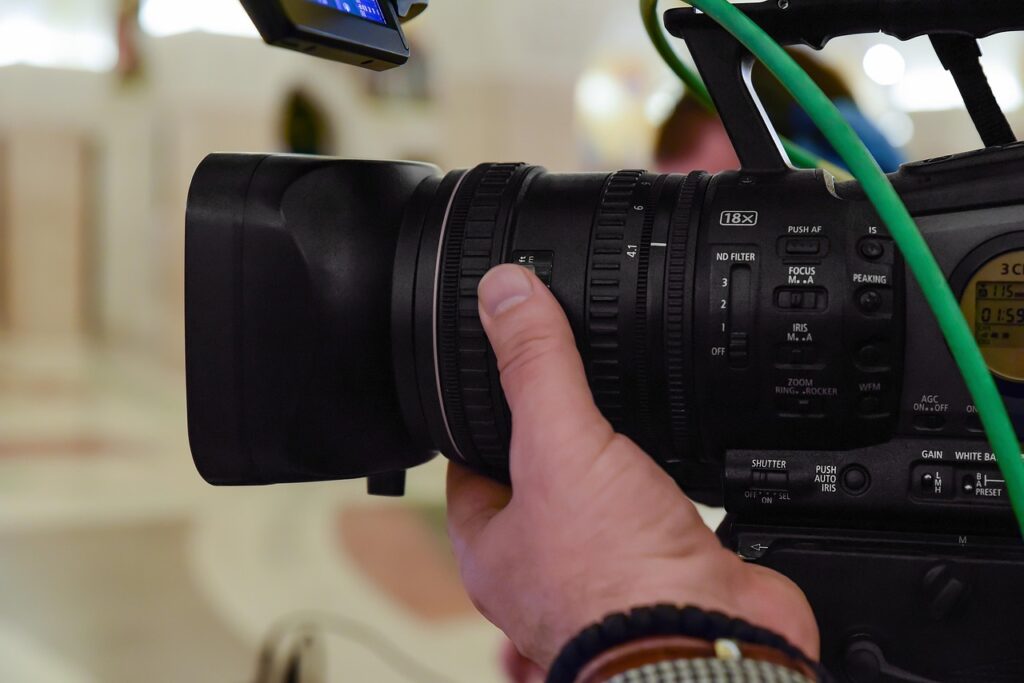
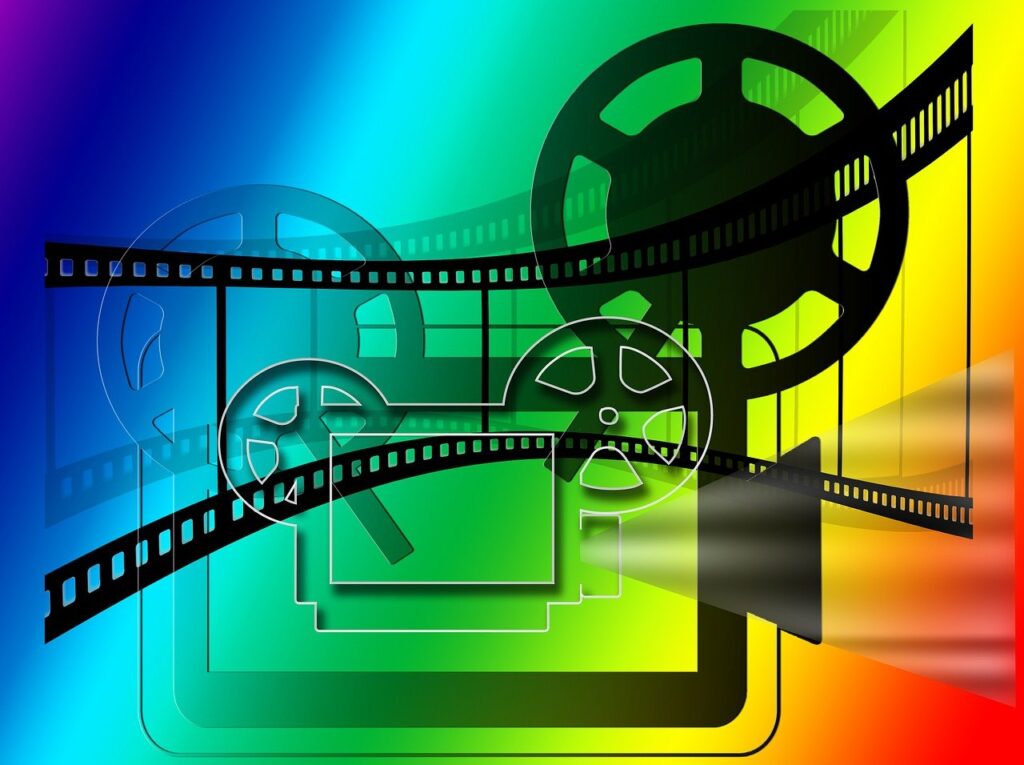
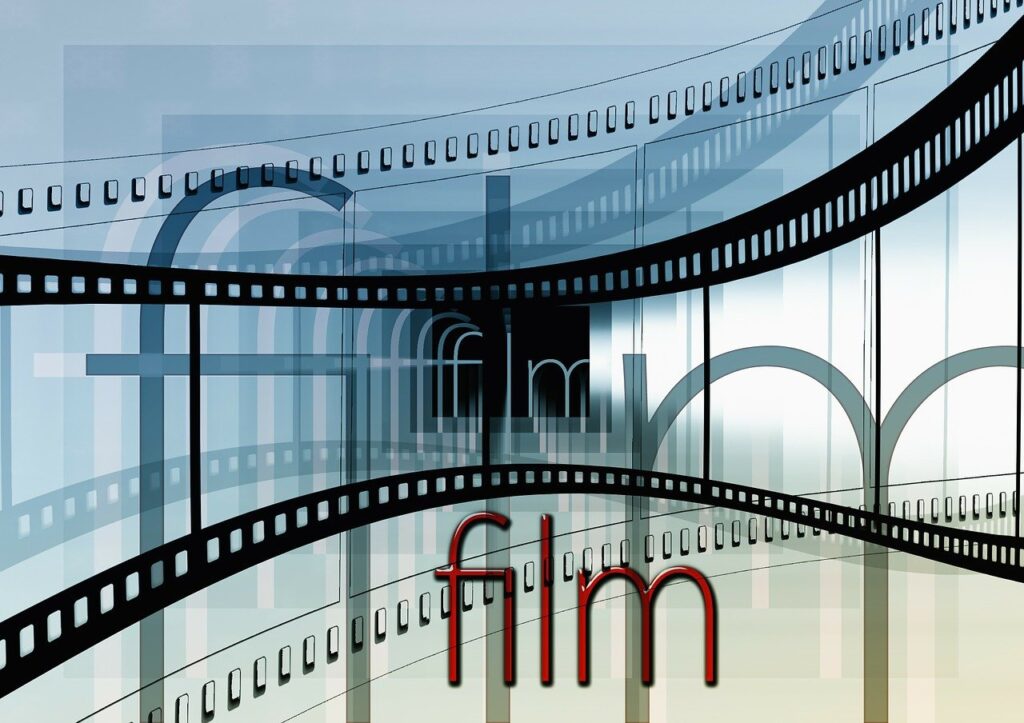
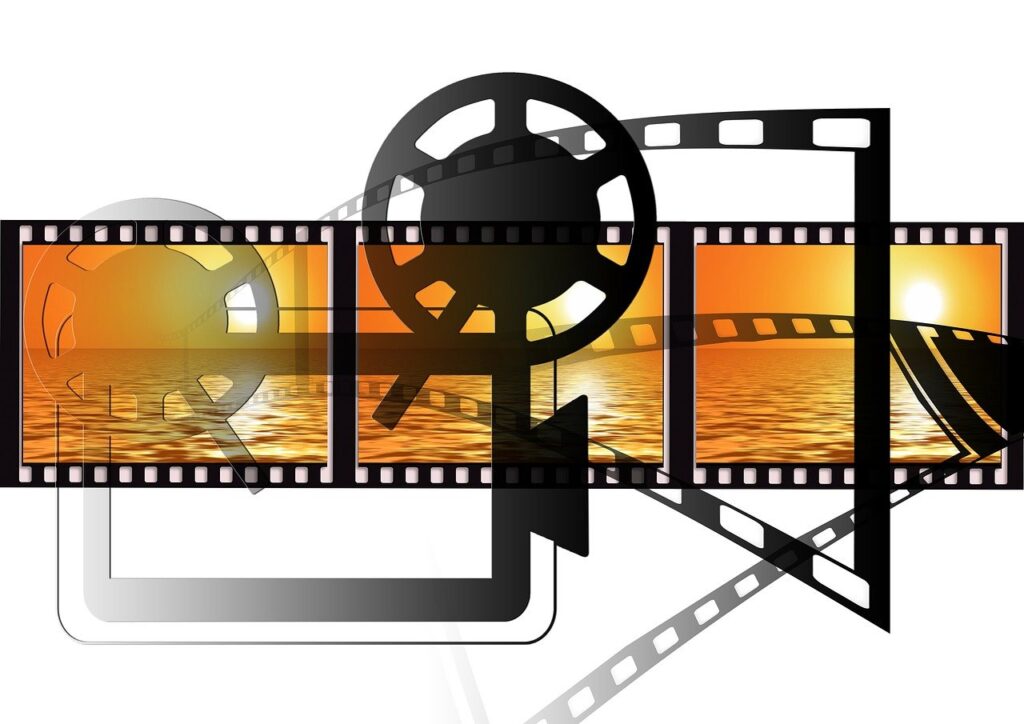

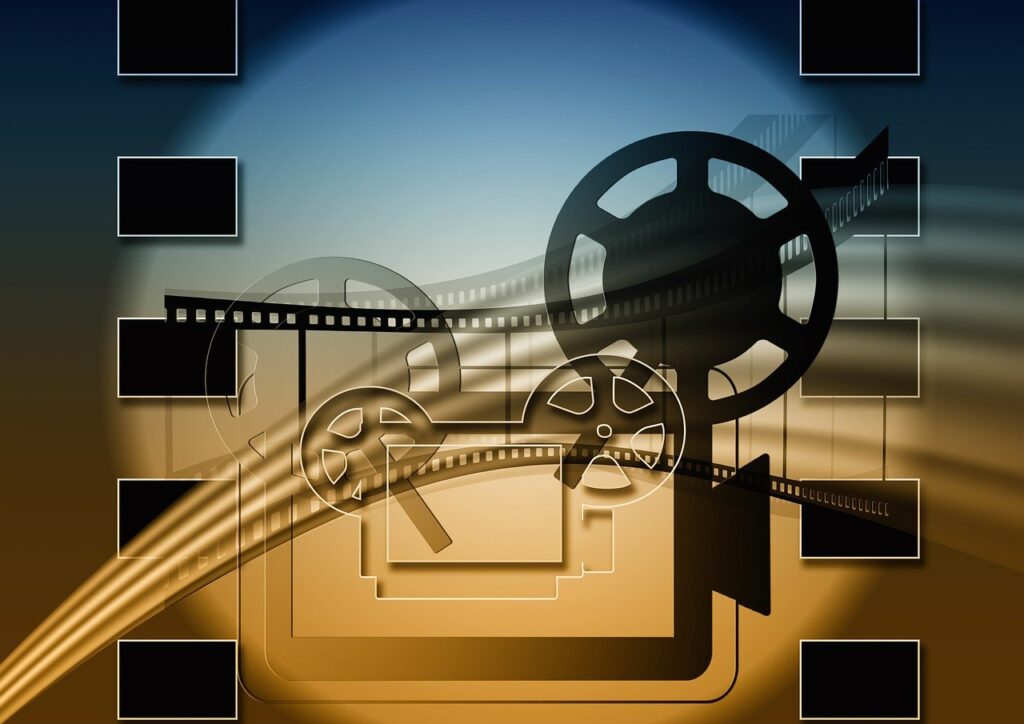

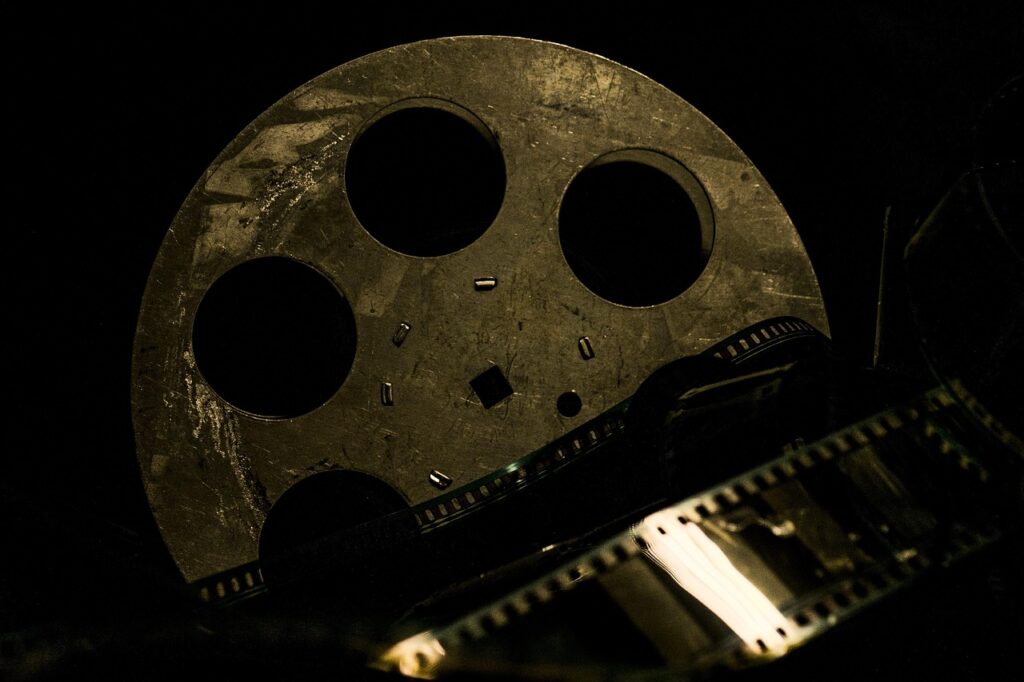
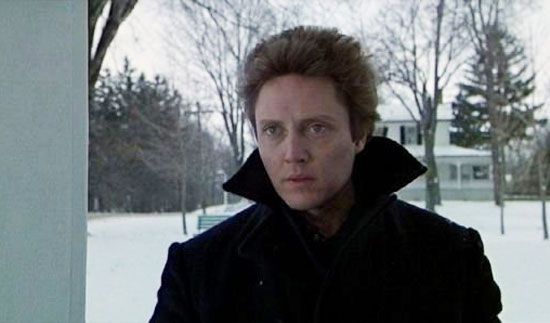
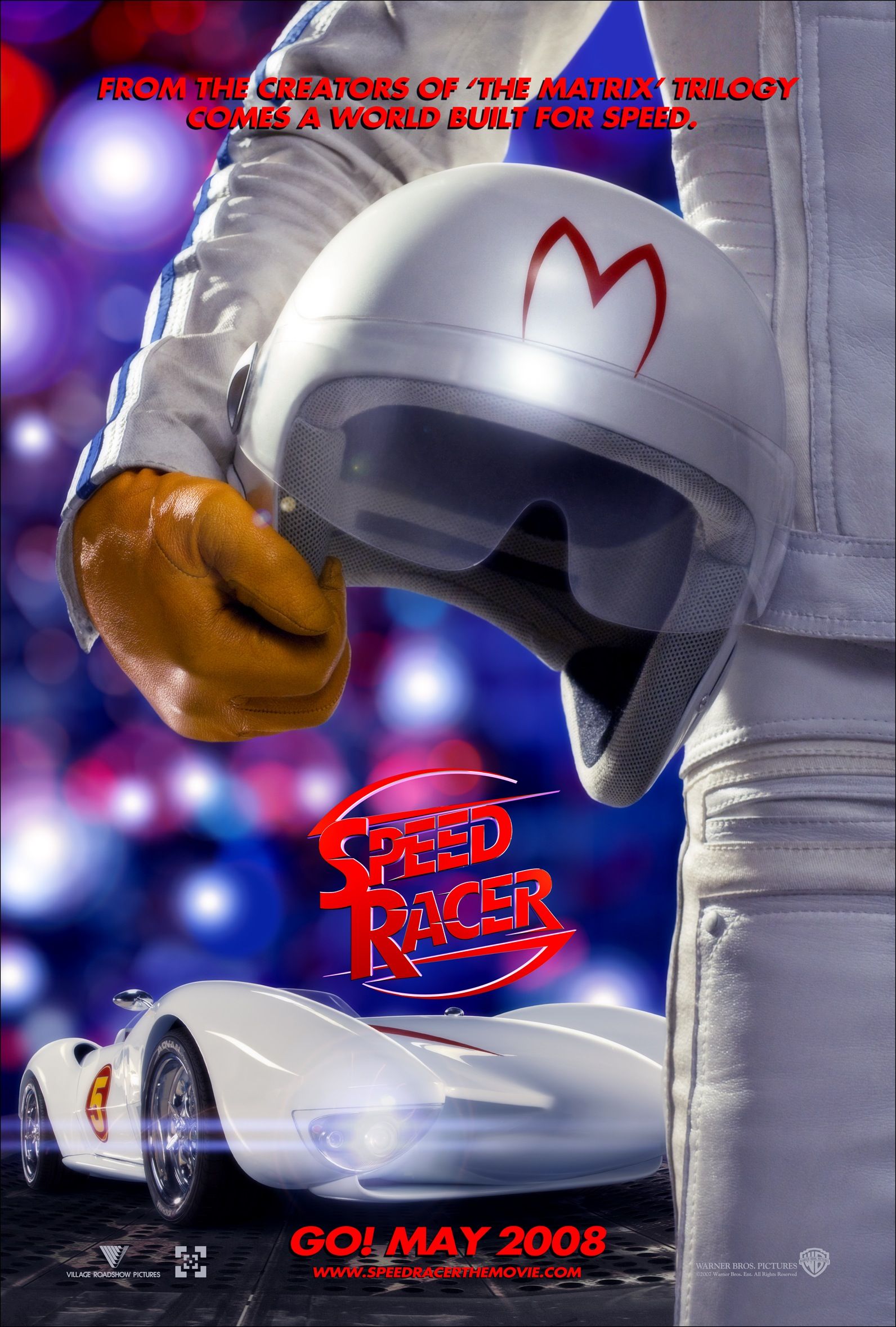
_Outfit.png)